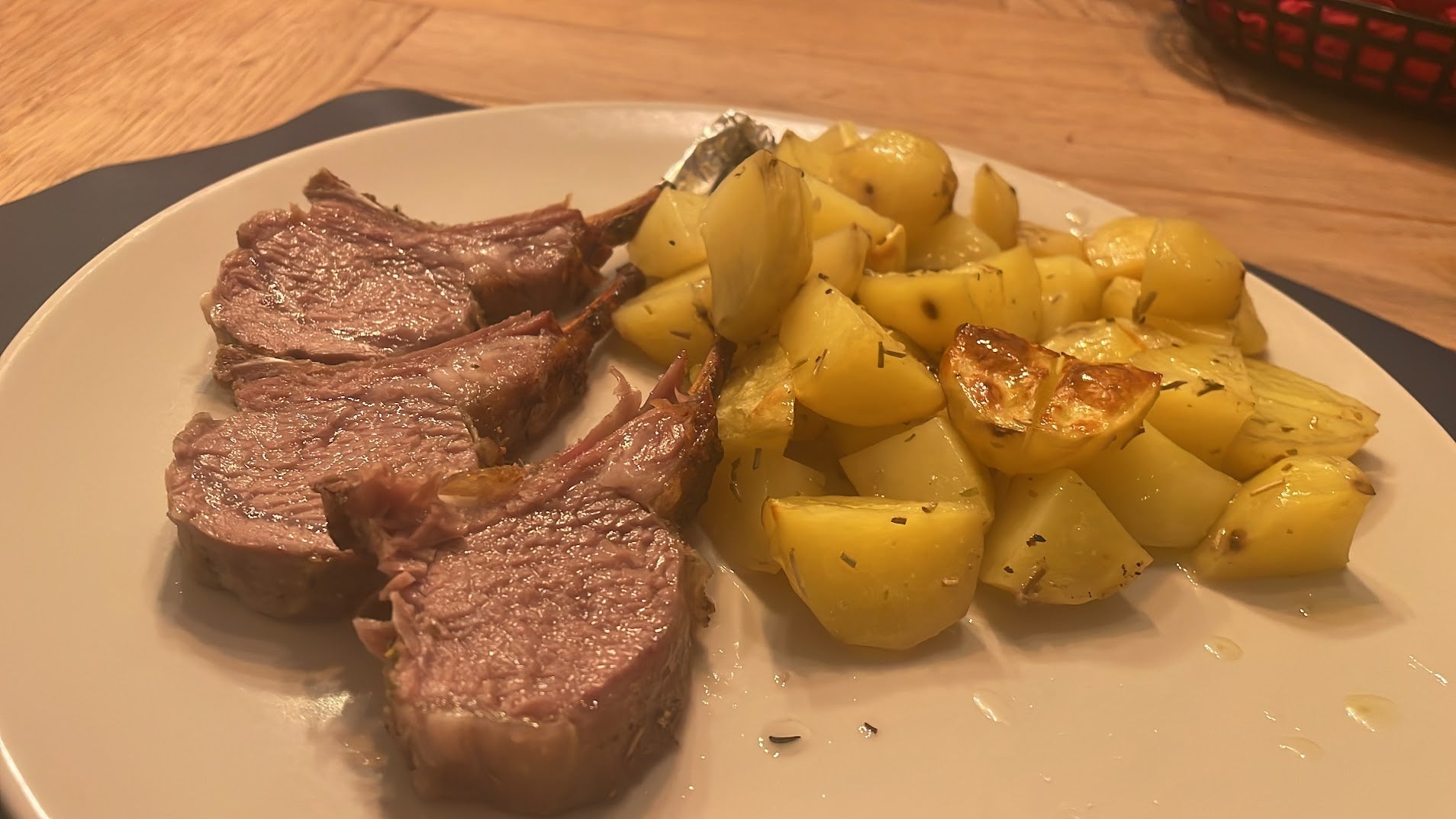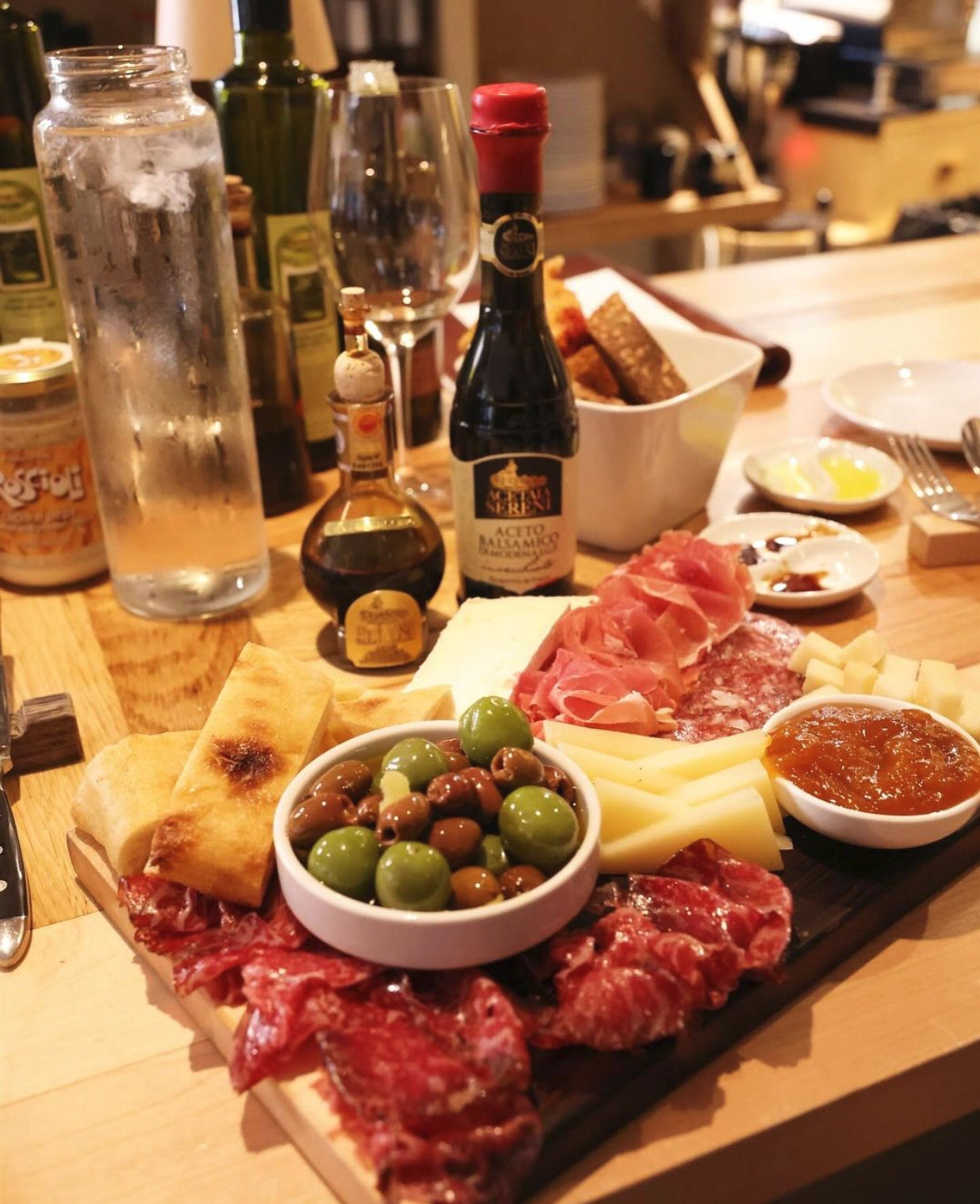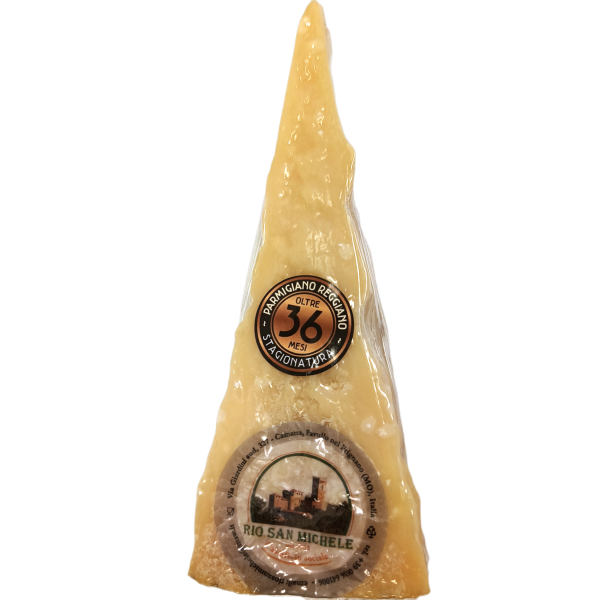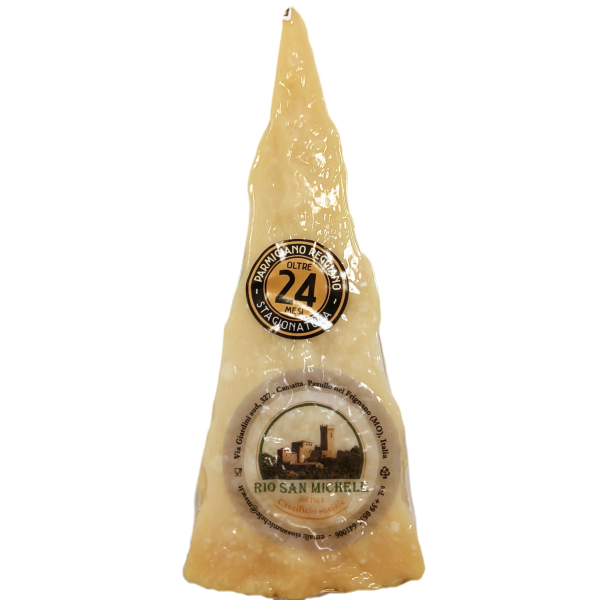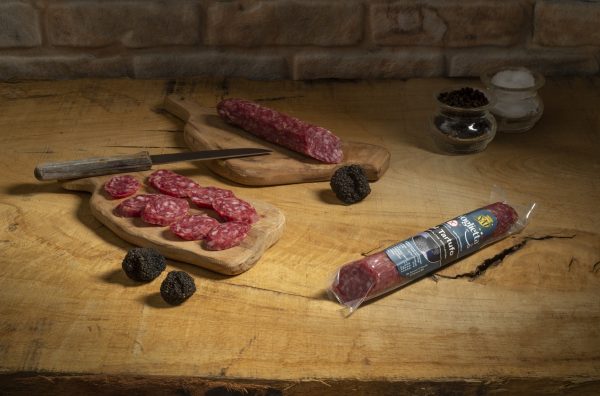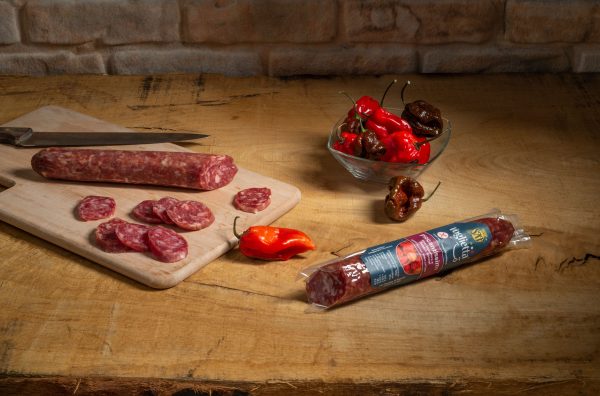Roman cuisine is part of authentic Italian cuisine, rooted in centuries of history and popular culture. Based on simple ingredients and recipes passed down from generation to generation, this cuisine embodies the soul of the Lazio region, a region rich in geographical diversity from the Tyrrhenian coast to the hills of the Castelli Romani.
At the heart of this tradition lies Roman cuisine, with its rich and authentic flavors that reflect the spirit of the Eternal City. With dishes ranging from famous street food to sumptuous pasta dishes like spaghetti carbonara and amatriciana, Roman cuisine is known for its rustic and hearty approach, designed to satisfy the palate and nourish the soul.
Key Ingredients in Roman and Lazio Cuisine
Lazio cuisine is based on local ingredients that vary according to the season, but there are some key elements that are always present on Roman tables. Here is a list of 8 basic ingredients:
- Guanciale : A cured ham made from the cheek of the pork, essential for dishes such as carbonara and amatriciana. Its intense flavor is indispensable.
- Pecorino Romano : A salty and pungent Italian sheep's cheese used to enhance many dishes, from pasta cacio e pepe to salads.
- Artichokes : Especially in the Romanesco variety, artichokes are a cornerstone of Lazio cuisine, prepared alla giudia or alla romana .
- Abbacchio : The young lamb is highly prized, especially in spring, prepared in various ways, including the famous abbacchio a scottadito (or agnello a scottadito) .
- Anchovies : Often used as a condiment to add a salty flavor to dishes like Roman pizza or pasta.
- Oxtail : Used for the famous coda alla vaccinara , a simmered dish of oxtail that represents the Roman "poor" food tradition.
Famous Dishes from Roman and Lazio Cuisine
Roman cuisine is known for a number of dishes that have become true symbols of Italian food tradition. Here are some of the most famous:
- Carbonara : One of the most iconic dishes, pasta alla carbonara is made with guanciale, eggs, pecorino romano and pepper. A rich and flavorful dish that tells the story of Roman simplicity and authenticity.
- Amatriciana : Originally from Amatrice, it is a sauce made with tomato, guanciale and pecorino. It is one of the most representative dishes of Lazio cuisine.
- Cacio e Pepe: A simple and incredibly tasty dish made with just pecorino romano and black pepper. Simplicity that becomes art.
- Saltimbocca alla Romana : Slices of veal with Parma ham and sage, cooked in white wine. An elegant and tasty dish, typical of Roman trattorias.
- Carciofi alla Giudia : A dish of Jewish origin consisting of deep-fried artichokes. A symbol of the cuisine of the Jewish ghetto area of Rome.
- Coda alla Vaccinara : A rich stew of oxtail, slowly cooked with vegetables, spices and wine, typical of Roman folk cuisine.
- Supplì : Rice balls filled with mozzarella and deep fried, often served as an appetizer or as a snack at pizzerias and street food venues.
- Penne all'Arrabbiata : A spicy pasta dish made with tomato sauce, garlic, parsley and red chili pepper. Its name means "angry" in Italian :-), referring to its strong flavor, loved by many around the world.
- Agnello a scottadito (see photo) : one of the most Roman ways of preparing lamb is "a scottadito" cutlets, where scottadito means "burning the fingers". This name refers to the fact that the cutlets are mainly eaten with the hands, even though they are very hot :-).
Geographic Influences on Lazio and Roman Cuisine
Lazio is a diverse geographical region, and Roman cuisine reflects this diversity. The fertile fields around Rome provide ingredients like abbacchio and artichokes, while the Tyrrhenian coast supplies fresh fish like anchovies and octopus.
The hills of the Castelli Romani are known for wine production and cheeses, and the rural traditions of the interior have influenced many of the rustic dishes of Roman cuisine.
Historical Influences on Lazio and Roman Cuisine
Roman cuisine is deeply rooted in the city's history, with influences spanning from ancient Rome to the present day. In antiquity, the Romans were known for their lavish banquets and use of exotic spices, but popular cuisine was based on simple dishes such as bean soups and bread. In the Middle Ages and the Renaissance, the cuisine evolved with the introduction of new ingredients from Asia and the Americas. Judeo-Roman cuisine has also left an indelible mark, especially in the ghetto area, with dishes such as carciofi alla giudia . The recipes we know today are the result of centuries of tradition and innovation.
Conclusion
Roman and Lazio cuisine is a celebration of authentic flavors and ancient traditions, able to tell the story of a region through its dishes. From simple pasta dishes to rich meat stews, every bite is a dive into the folk culture of Rome and the Lazio region. With a variety of fresh and local ingredients, accompanied by excellent wines, Lazio cuisine offers an unforgettable dining experience.
Buon appetito!

